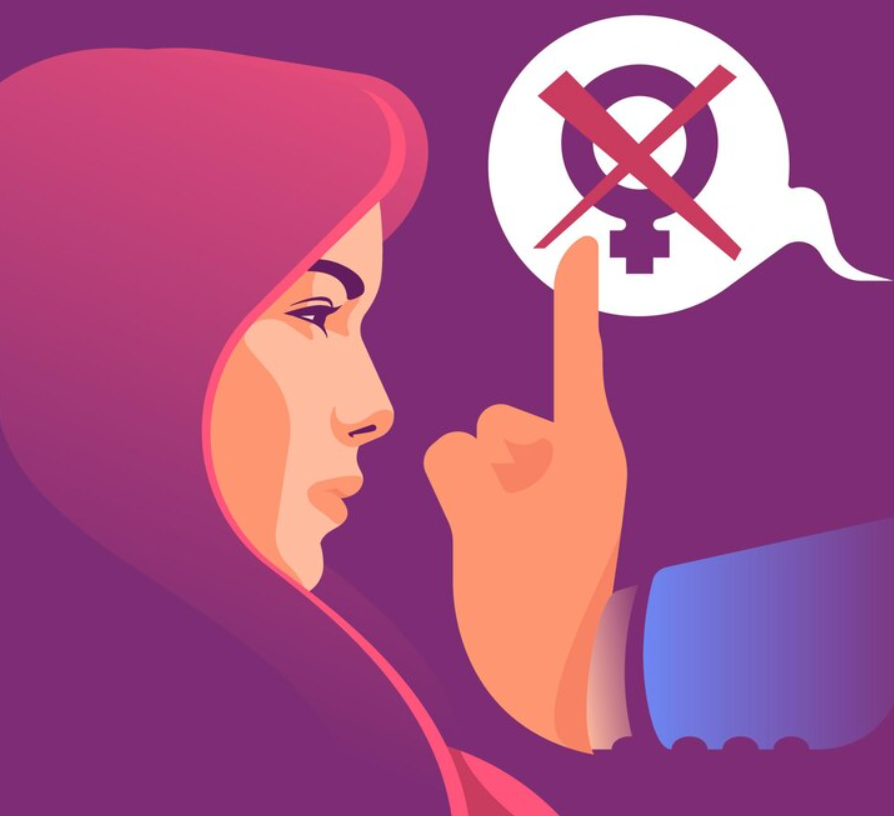While strides have been made in reducing the prevalence of FGM over the past three decades, significant work lies ahead. Through targeted, coordinated, and sustained efforts, driven by survivors themselves, we can relegate this abhorrent practice to history’s annals by 2030.
Frequently Asked Questions (FAQs)
1. What is female genital mutilation (FGM)?
Female genital mutilation refers to the partial or total removal of external female genitalia or other injury to the female genital organs for non-medical reasons.
2. How many girls and women worldwide have undergone FGM?
Over 200 million girls and women globally have experienced the effects of female genital mutilation.
3. What are the health risks associated with FGM?
Female genital mutilation exposes individuals to severe pain, bleeding, infections, and long-term health complications, including risks during childbirth.
4. How can survivors contribute to ending FGM?
Survivors offer firsthand insights into the challenges and solutions needed to eradicate FGM. Empowering them through survivor-led initiatives is crucial.
5. What international agreements support efforts to end FGM?
Key agreements include the Beijing Declaration, ICPD25, Generation Equality, CEDAW, CRC, and the Sustainable Development Goals.
6. How can individuals support the movement to end FGM?
Individuals can raise awareness, support survivor-led initiatives, and advocate for comprehensive services for survivors.
7. What is the goal for eliminating FGM?
The aim is to eradicate female genital mutilation globally by 2030 through coordinated efforts and survivor empowerment.


